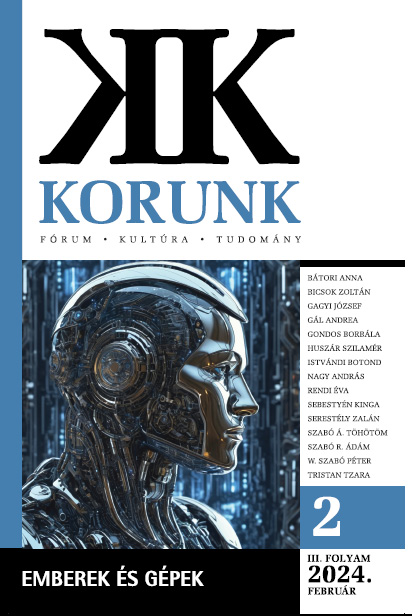Kierkegaard maszkjai (II.)
Kierkegaard’s Masks (2)
Author(s): András NagySubject(s): 19th Century Philosophy
Published by: Korunk Baráti Társaság
Keywords: mask; theatre; direct and indirect communication; Kierkegaard’s method; Danish Golden Age; pseudonym
Summary/Abstract: Why did Kierkegaard prefer to write his masterpieces under different pseudonyms and what was the theatrical logic behind the constant playfulness of an author otherwise doomed to melancholy? What were the reasons of his ongoing philosophical, theological and aesthetic hide-and-seek that he did not want to finish until the very last, nearly tragic phase of his authorship? How much inspiration did Kierkegaard receive from theatrical performances, from playwrights and even from actors and actresses of 19th-century Copenhagen, which seemed to be sometimes stronger than the influence exercised on him by his professors, masters and theologians of Denmark’s “Golden Age”? Can the difference between direct and indirect communication that basically characterized Kierkegaard’s oeuvre be described in theatrical terms or even to approach it as an ongoing dramatic dialogue? Should we rather call it a “polylogue” as different actors are present throughout the texts that were often polemic with each other, simultaneously reflecting certain issues from different angles and finally Kierkegaard denying that any of those were written by him? Could his own name be a pseudonym, as his brother suggested when giving the eulogy on the prodigal son, who learned to doubt from Socrates and from Descartes, yet could not give up his intention to question even the final axioms of human existence? The author tries to find answers to these questions by reconstructing the very special Kierkegaardian method, so familiar from the stage, in the spiritual, cultural and theatrical context of Kierkegaard’s Denmark.
Journal: Korunk
- Issue Year: 2024
- Issue No: 02
- Page Range: 103-114
- Page Count: 12
- Language: Hungarian

